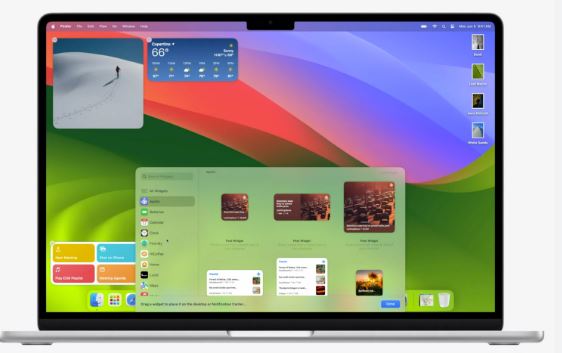What’s New in Java 17? Top Features Developers Should Know
If you’re a Java developer or tech enthusiast, you’ve likely heard about Java 17, the latest Long-Term Support (LTS) release from Oracle. Released in September 2021, Java 17 brings a mix of modern enhancements and powerful tools that boost productivity, performance, and code quality.
In this post, we’ll explore the top features of Java 17 and why it’s a great time to consider upgrading your Java projects.
1. Sealed Classes: Secure and Predictable Inheritance
Sealed classes allow developers to explicitly define which classes can extend or implement a superclass. This leads to more predictable and secure code structures.
java
public sealed class Vehicle permits Car, Truck {}
This means only Car and Truck can extend Vehicle. It’s a big win for maintainability in large codebases.
Why it matters: Cleaner architecture, better control over inheritance, and improved security.

2. Pattern Matching for switch (Preview Feature)
Tired of clunky switch statements? Java 17 introduces pattern matching for switch (in preview), allowing for cleaner, type-safe conditionals.
java
switch (obj) {
case String s -> System.out.println(“A string: ” + s);
case Integer i -> System.out.println(“An integer: ” + i);
default -> System.out.println(“Unknown type”);
}
Why it matters: Less boilerplate, better readability, and fewer casting errors.
3. New Pseudo-Random Number Generators (PRNGs)
Java 17 adds new PRNG algorithms like L64X256MixRandom and Xoroshiro128PlusPlus. These are designed for high-performance applications, offering improved randomness and flexibility.
Use cases: Gaming, simulations, data science, cryptography.
4. Foreign Function & Memory API (Incubator)
Calling native libraries in Java used to be a pain with JNI. The new *Foreign Function & Memory API simplifies this process by letting Java applications access native memory and libraries safely and efficiently.
Why it matters: Easier native code interaction, improved performance, and less error-prone.
5. Deprecations & Cleanups
Java 17 removes outdated elements to keep the platform clean and modern. One notable example is the deprecation of the Applet API, which has become obsolete with the decline of Java applets in web browsers.
Why it matters: More streamlined JDK, better security, and improved maintainability.
🎯 Why You Should Upgrade to Java 17
✅ Long-Term Support until 2029+
✅ Improved performance and startup times
✅ Access to modern language features
✅ Cleaner, more secure APIs
Whether you’re building cloud apps, desktop tools, or enterprise platforms, Java 17 is ready for the future.





